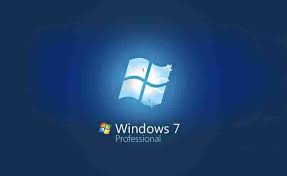Upgrading from Windows 7 Professional to a newer operating system is a significant decision that requires careful consideration. Whether you’re contemplating a move to Windows 10, Windows 11, or another platform, understanding the key factors involved can help ensure a smooth transition.
1. Compatibility
Before upgrading, assess the compatibility of your existing hardware and software with the new operating system. Check if your current applications, peripherals, and devices will work with the upgraded system. Compatibility issues can impact productivity and may require additional investments in new software or hardware.
2. Data Backup
Backing up your data is essential before any major upgrade. Ensure that all important files, documents, and settings are securely backed up to an external drive or cloud storage. This will prevent data loss in case of any issues during the upgrade process.
3. System Requirements
Verify that your current hardware meets the system requirements for the new operating system. Newer operating systems often have higher requirements in terms of processor speed, memory, and storage. Upgrading to a system that doesn’t meet the requirements can lead to performance issues.
4. Training and Adaptation
Consider the learning curve associated with the new operating system. Newer versions may introduce changes in user interface and functionality that require training and adaptation. Ensure that your team is prepared for these changes and that they have access to resources for learning the new system.
5. Software Licenses
Review the licensing requirements for the new operating system. Upgrading may involve purchasing new licenses or subscriptions for the operating system and any associated software. Budget for these costs to ensure a smooth transition without unexpected expenses.
6. Migration Plan
Develop a comprehensive migration plan that outlines the steps involved in upgrading. This plan should include timelines, responsibilities, and procedures for migrating data, applications, and settings. A well-defined migration plan helps minimize disruptions and ensures a successful upgrade.
Conclusion
Upgrading from Windows 7 Professional involves several considerations, including compatibility, data backup, system requirements, training, software licenses, and migration planning. By carefully evaluating these factors and preparing accordingly, you can ensure a successful transition to a newer operating system and continue to benefit from enhanced features and improved security.


